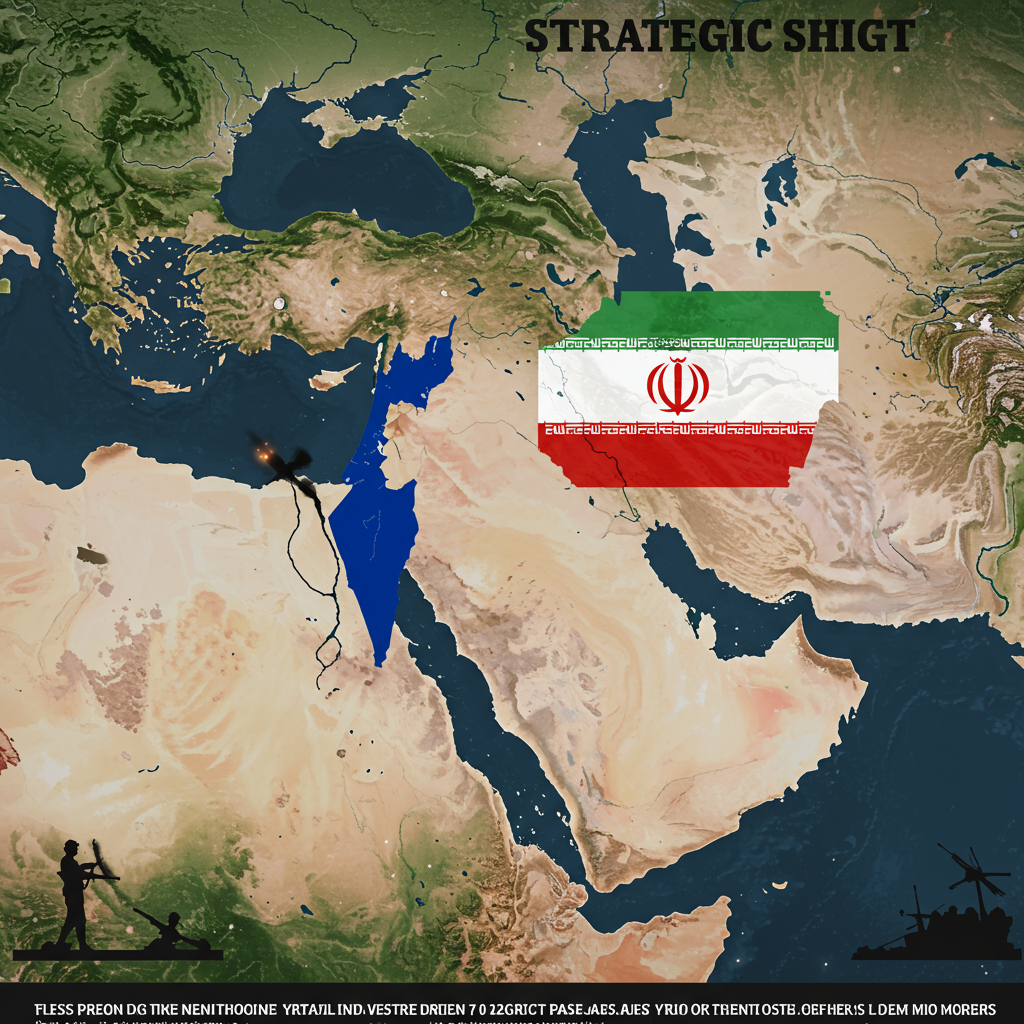The United States military has directly intervened in the escalating conflict between Israel and Iran, launching airstrikes against key Iranian nuclear facilities on Sunday, June 22, 2025. The coordinated strikes, ordered by President Donald Trump, mark a significant shift in U.S. policy and a risky move aimed at crippling Tehran’s nuclear program despite concerns of a wider regional war.
Key Targets and U.S. Claims
President Trump announced the strikes from the White House, asserting that Iran’s principal nuclear sites were “completely and fully obliterated.” Targets included the deeply buried Fordo enrichment facility, the larger Natanz plant, and a site near Isfahan.
Trump specified that Fordo, built into a mountain, received a “full payload of BOMBS.” While no independent damage assessment was immediately available, U.S. officials indicated the operation utilized B-2 stealth bombers capable of delivering the GBU-57 Massive Ordnance Penetrator, a 30,000-pound bunker-buster bomb designed for deeply fortified targets. This marks a potential first combat use of the GBU-57. Approximately 30 Tomahawk missiles reportedly launched from submarines were also used against other sites.
“This is an HISTORIC MOMENT FOR THE UNITED STATES OF AMERICA, ISRAEL, AND THE WORLD,” Trump stated in a social media post, adding, “IRAN MUST NOW AGREE TO END THIS WAR.” He warned that if peace was not achieved quickly, the U.S. would not hesitate to strike “many targets left” in Iran with “precision, speed, and skill.”
Context of Escalation
The U.S. intervention follows over a week of intensive strikes by Israel targeting Iran’s air defenses, missile capabilities, and nuclear infrastructure. Israeli Prime Minister Benjamin Netanyahu praised Trump’s decision as “bold” and historical, stating the U.S. action “will change history” and that the U.S. “has done what no other country on earth could do” with its military might.
Israel had reportedly sought U.S. assistance to effectively target facilities like Fordo, which require specialized munitions like the GBU-57. Israeli officials claimed their previous strikes had softened Iran’s defenses, but the deeply buried sites remained a challenge. Following the U.S. attacks, Israel announced the closure of its airspace to inbound and outbound flights due to “recent developments.”
Iran’s Response and Casualty Figures
Iran’s Atomic Energy Organization confirmed the strikes on Fordo, Natanz, and Isfahan but insisted that its nuclear work would continue and that there were “no signs of contamination” or danger to nearby residents. The organization stated radiation detectors recorded no radioactive release, a claim echoed by the International Atomic Energy Agency regarding previous Israeli strikes on Natanz.
Iran’s top diplomat, Foreign Minister Abbas Araghchi, called the U.S. strikes “outrageous” with “everlasting consequences,” stating Tehran “reserves all options” for a response. Earlier, Iran’s Health Ministry had reported some 400 Iranians killed and 3,056 wounded in prior Israeli strikes. However, the Washington-based group Human Rights Activists reported significantly higher figures, estimating at least 865 deaths and 3,396 wounded across Iran from Israeli strikes, including 363 civilians and 215 security force personnel.
Risk of Wider Conflict and Political Fallout
The U.S. decision to directly engage carries significant risks. Iran had previously warned of retaliation if the U.S. joined the conflict, with its Foreign Ministry spokesman declaring any American intervention a “recipe for an all-out war in the region.” U.N. Secretary-General Antonio Guterres expressed “grave alarm” at the “dangerous escalation,” warning of the risk of the conflict rapidly getting out of control with “catastrophic consequences.” Iranian-backed Houthi rebels in Yemen have threatened to resume attacks on U.S. vessels in the Red Sea.
The intervention represents a notable shift for President Trump, who had campaigned on reducing U.S. entanglement in foreign wars and initially attempted diplomacy with Iran, including reportedly persuading Netanyahu to delay military action twice. However, facing pressure from Israel and Republican allies who saw an opportunity to dismantle Iran’s nuclear program, Trump appears to have concluded that military action was necessary.
U.S. intelligence agencies have previously assessed that Iran is not actively pursuing a nuclear bomb, though the IAEA has reported Iran’s stockpile of 60% enriched uranium is now large enough for multiple bombs if further enriched, with some analysts suggesting a rapid breakout time.
Domestically, the strikes quickly drew criticism, particularly from those questioning the lack of Congressional authorization for military force. The decision has exacerbated existing divisions within the Democratic party regarding Middle East policy and support for Israel. Progressive lawmakers criticized the action as “unconstitutional” and likely to be costly, while mainstream Democrats focused concerns on the process and legal basis for intervention.
The military confrontation unfolds as Israel also continues its ongoing war against Hamas in Gaza, highlighting the complex multi-front challenges in the region. The U.S. has begun assisting with the evacuation of U.S. citizens from Israel following an Iranian missile strike that lightly injured several Americans.

